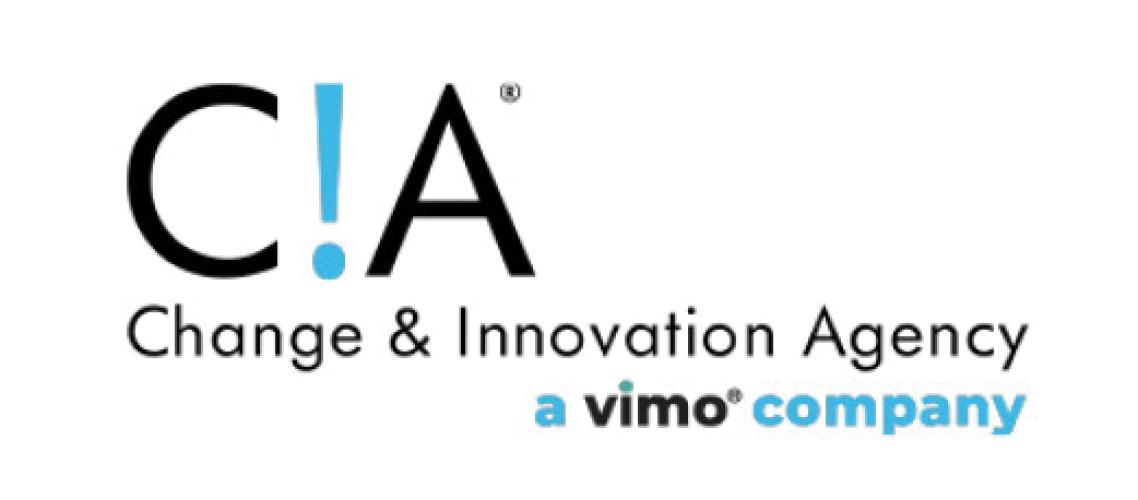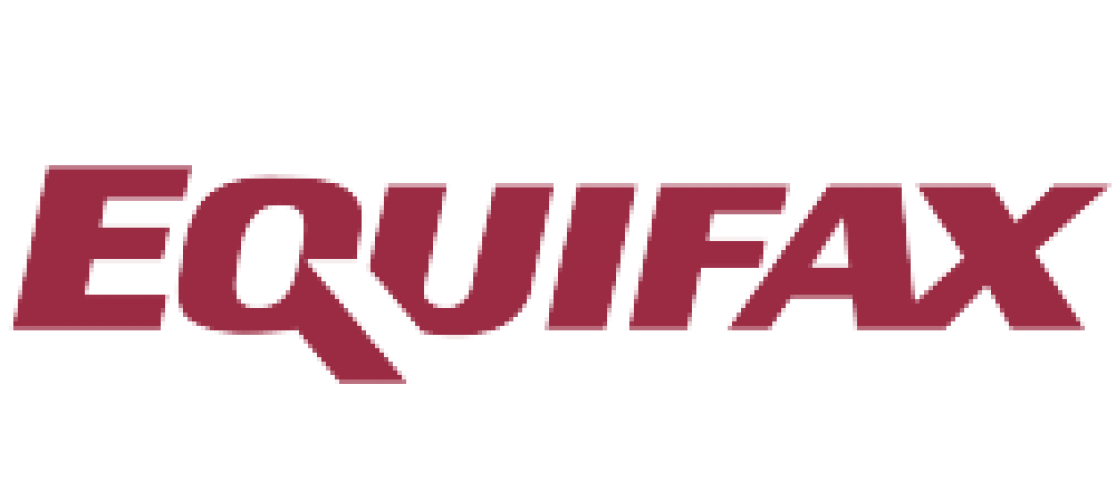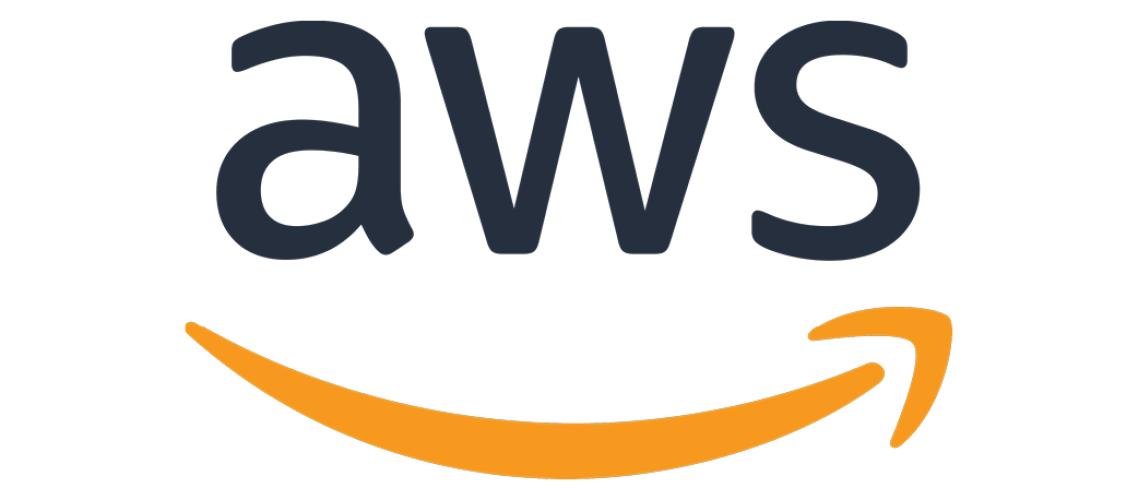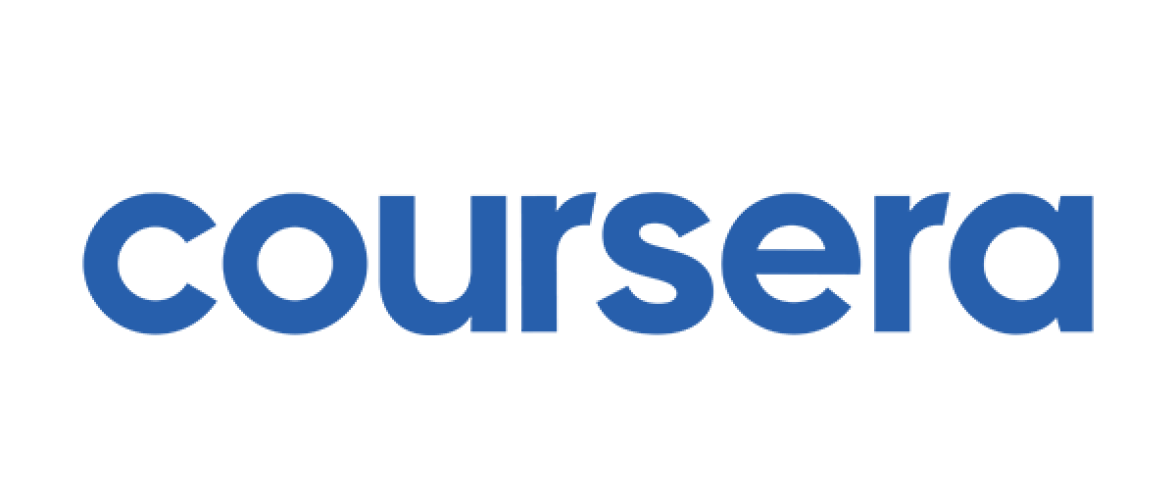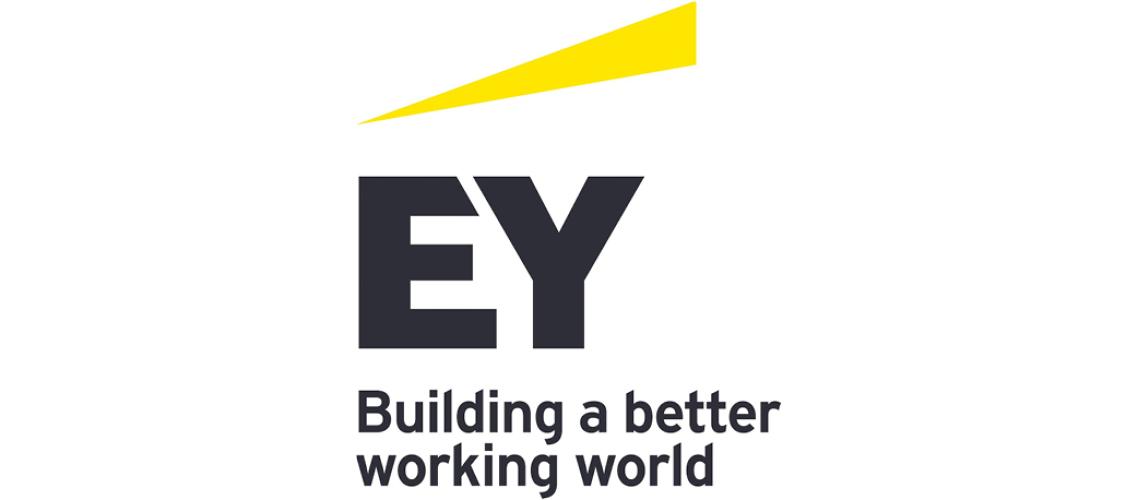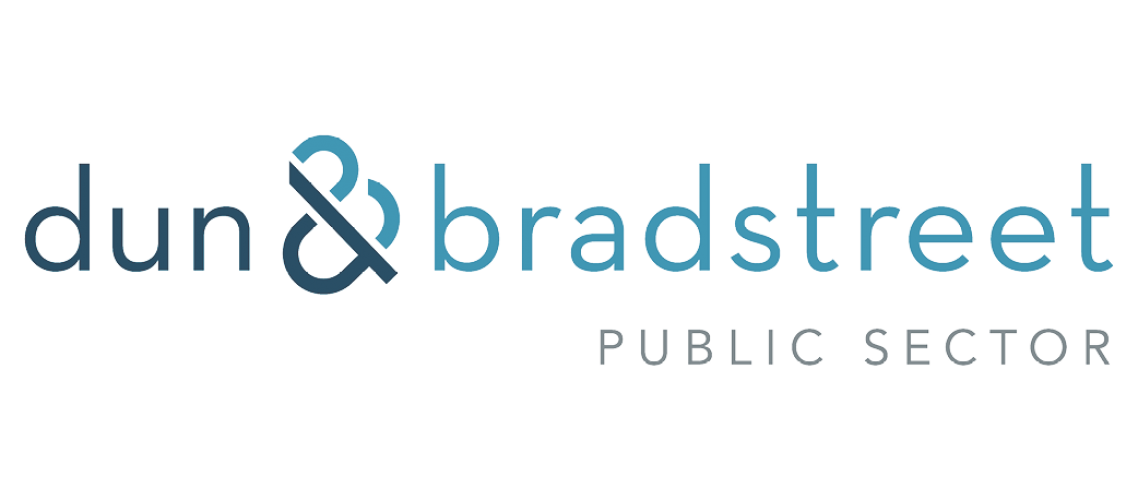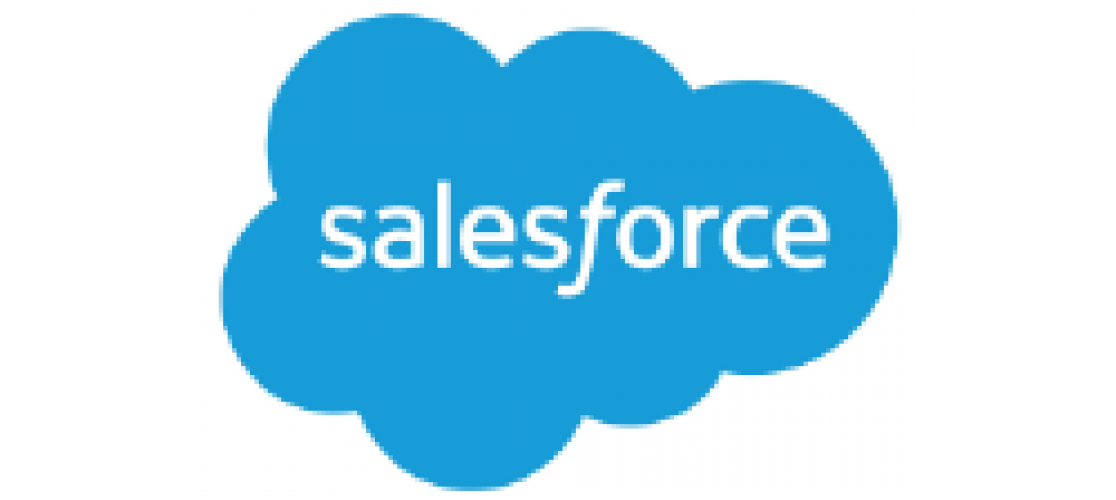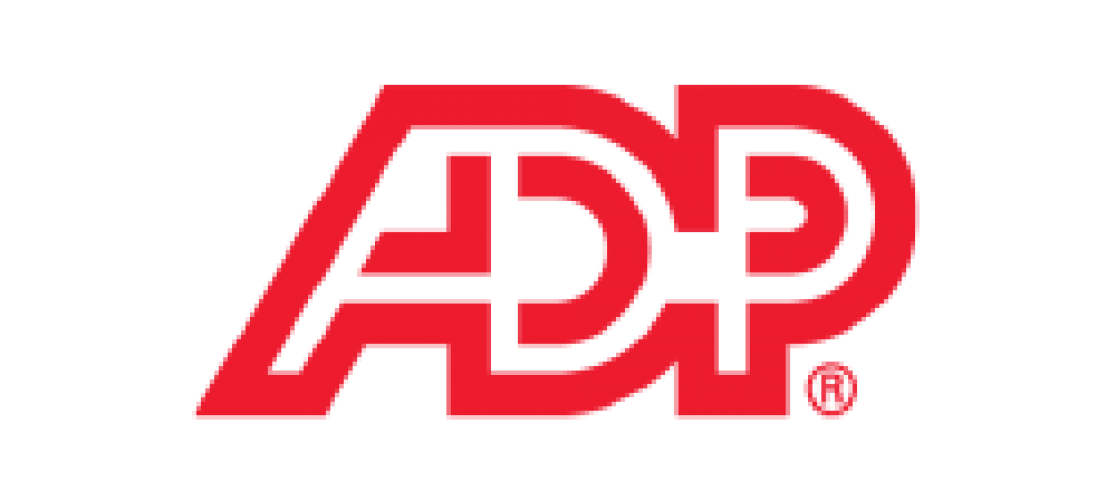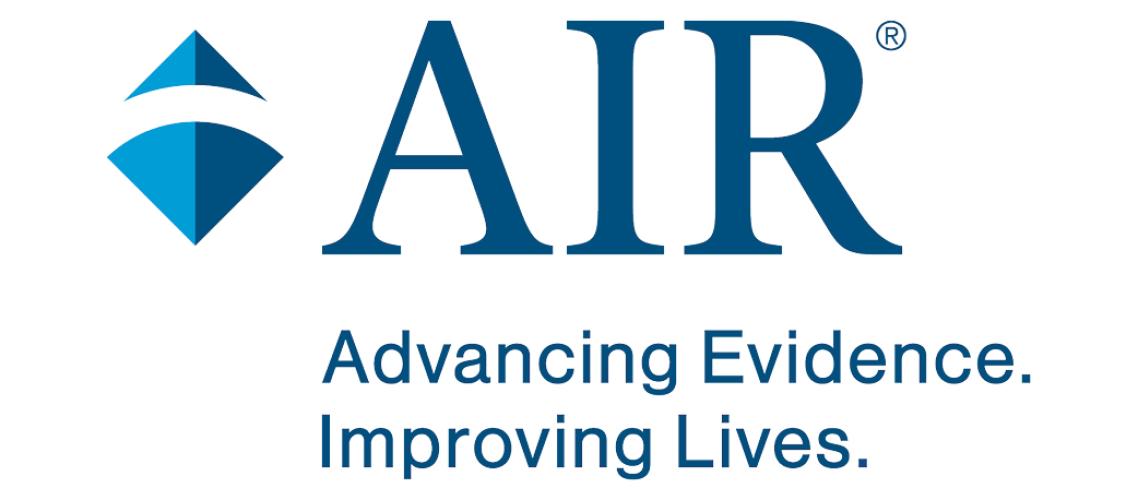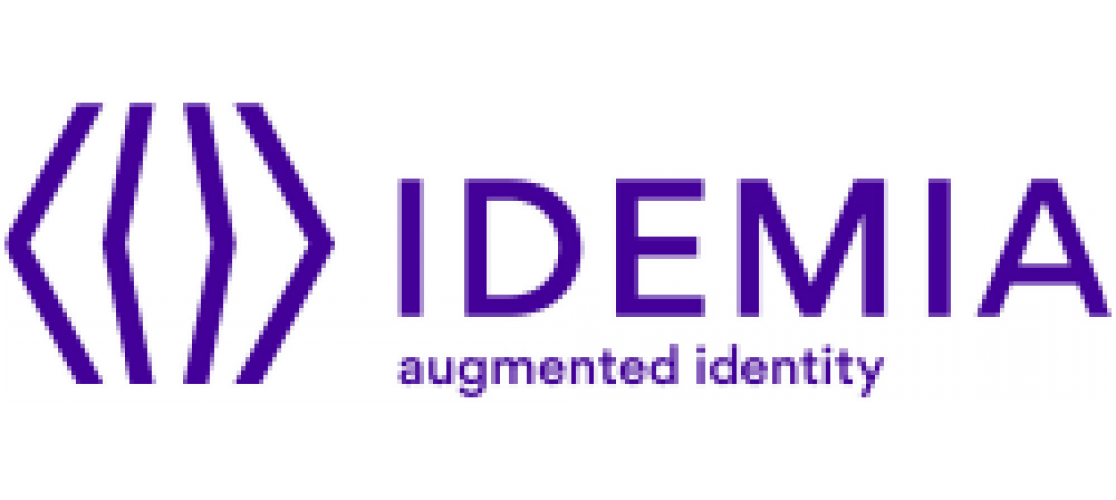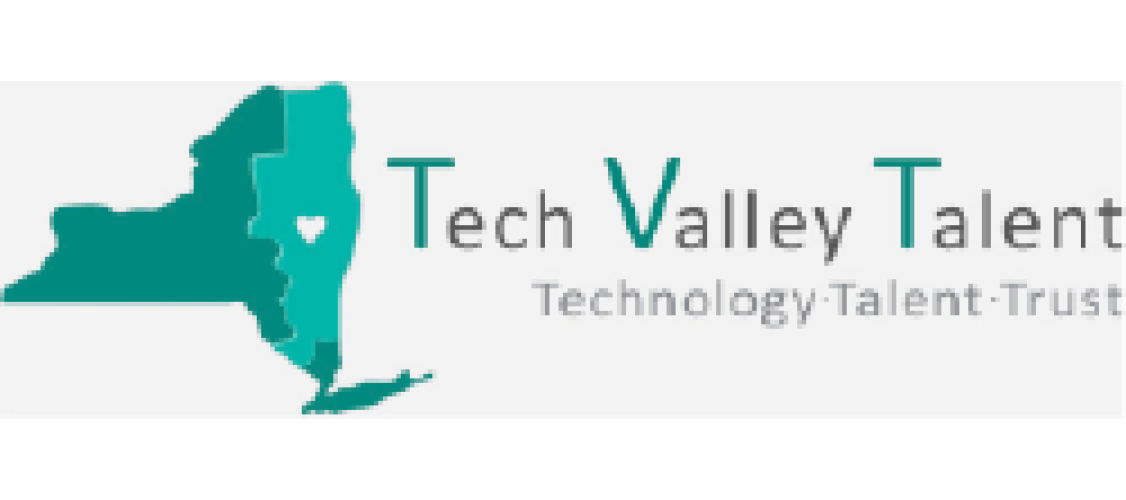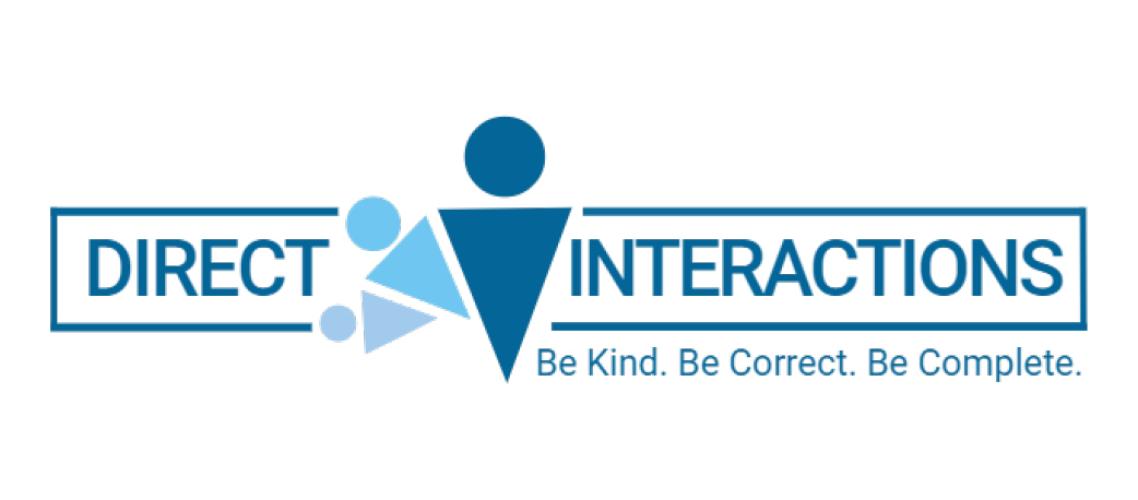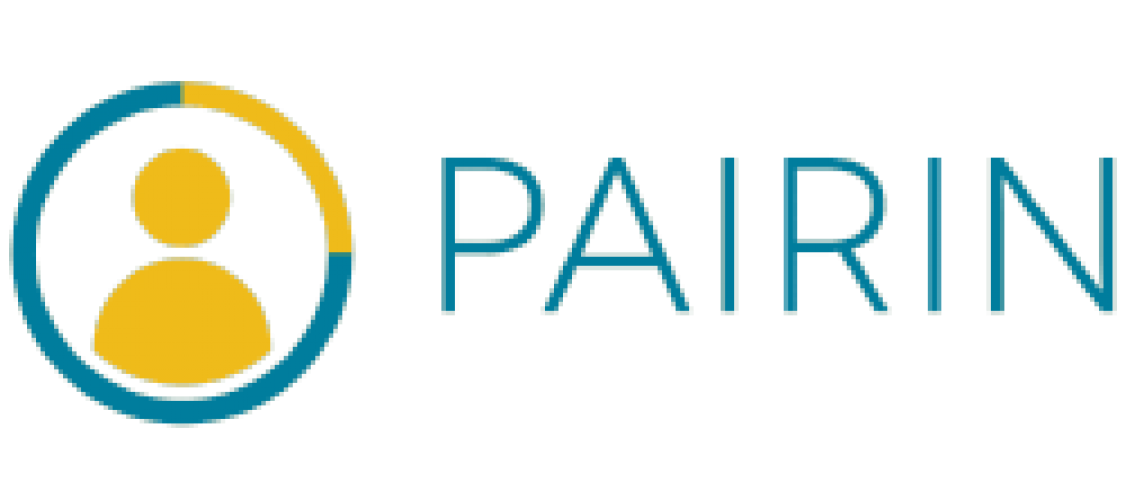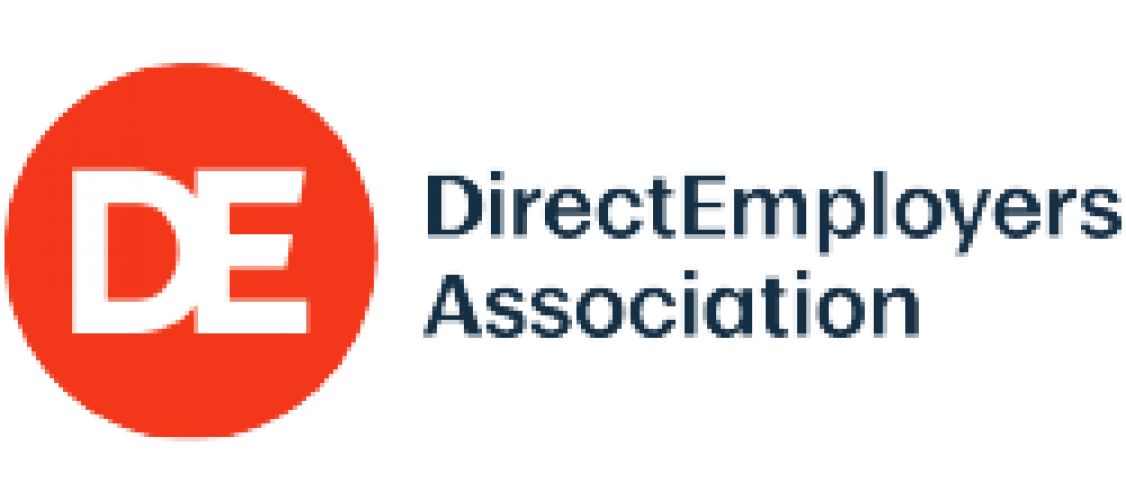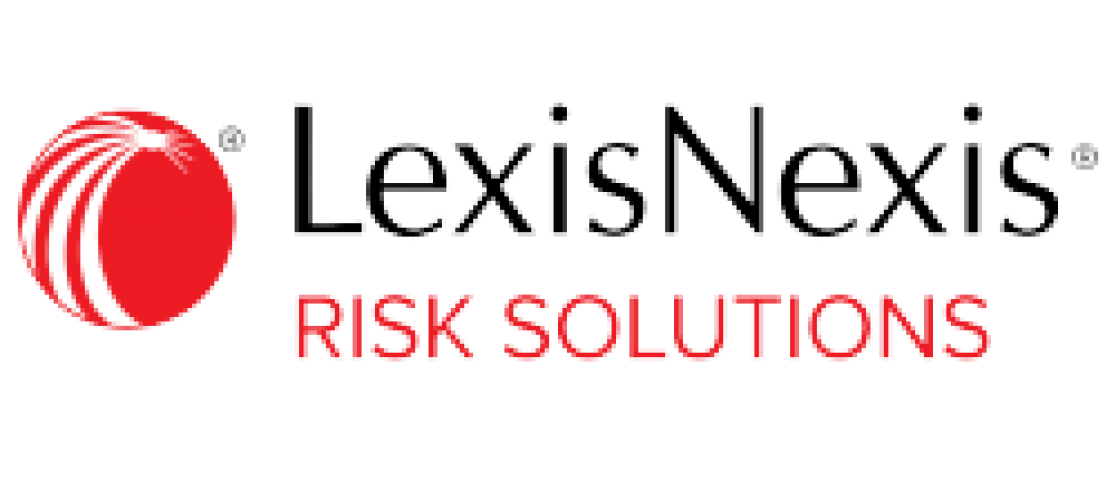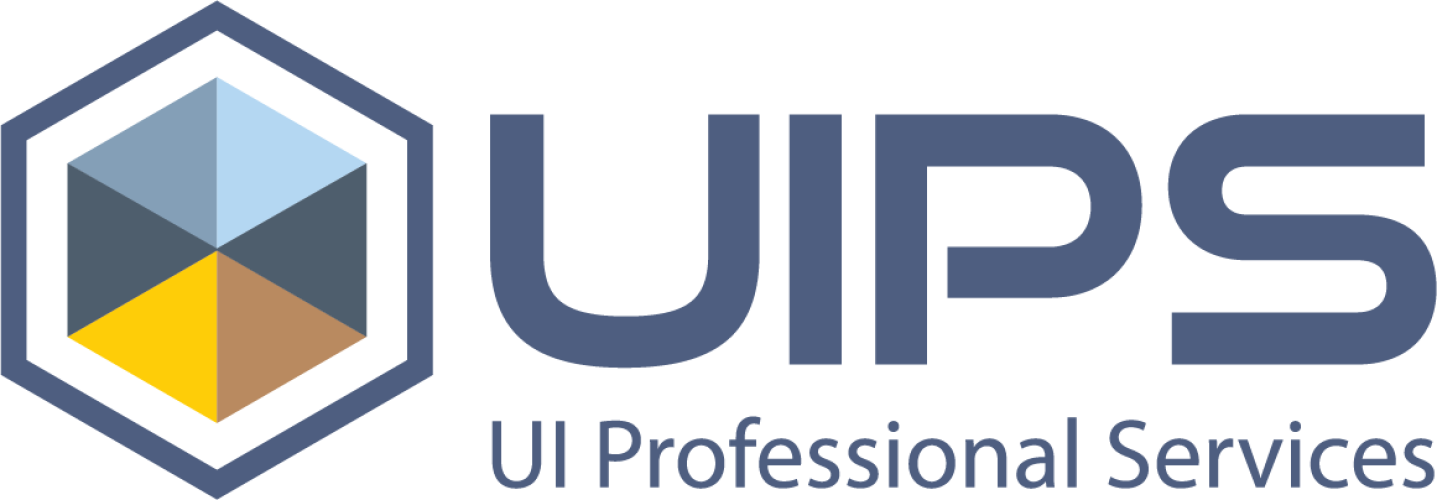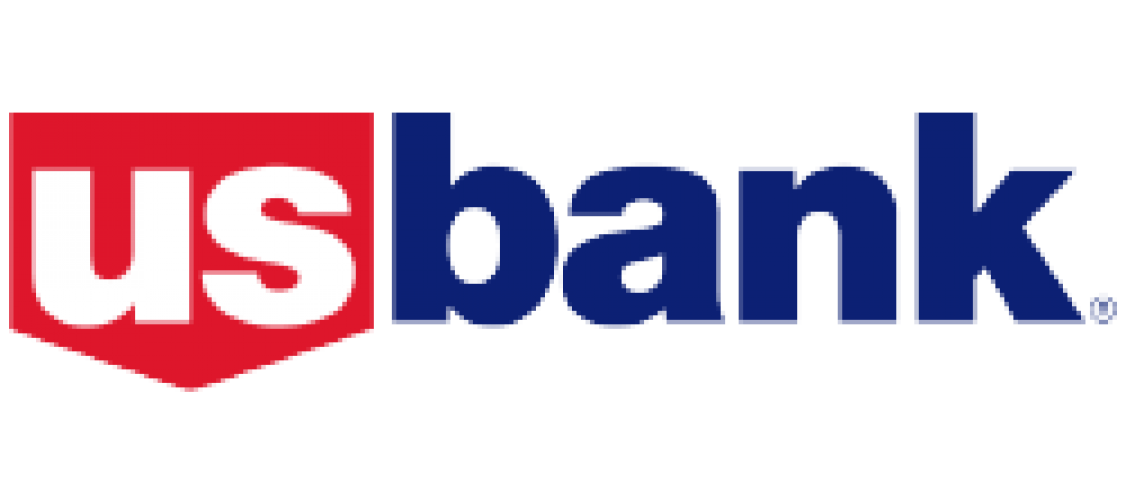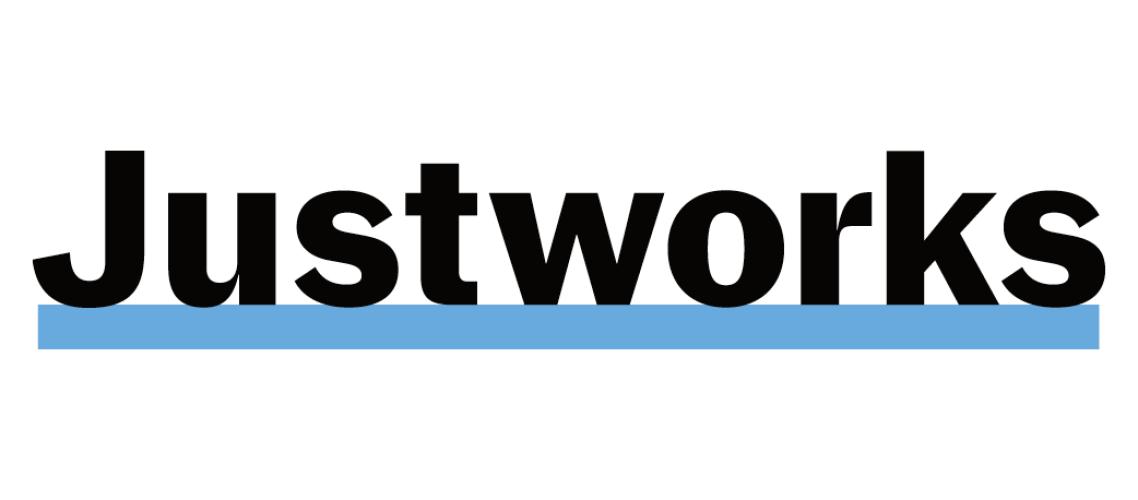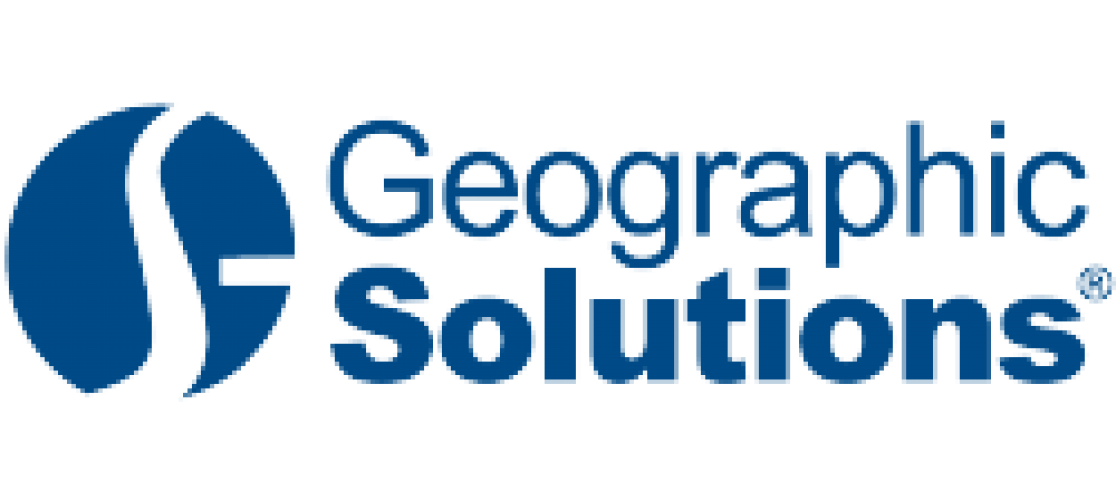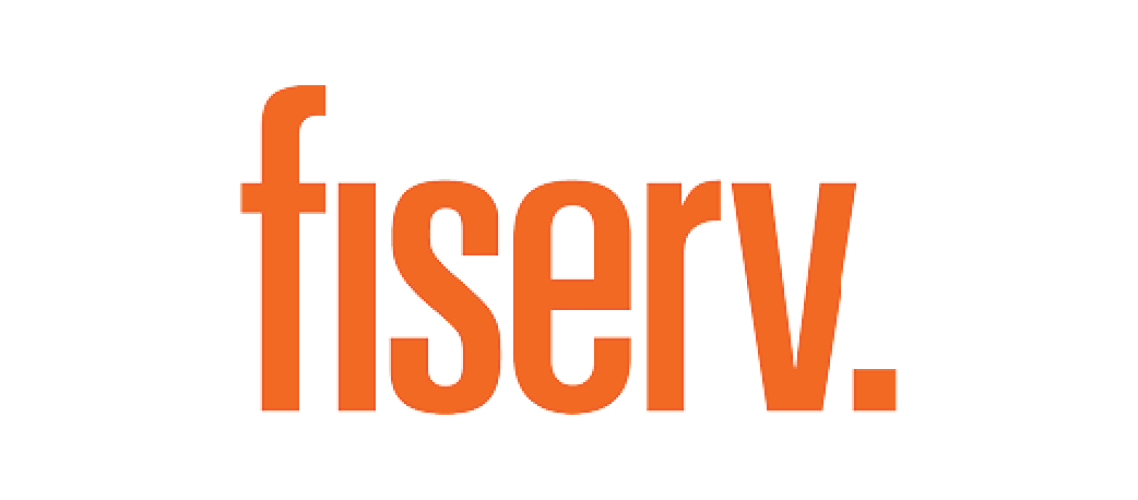NASWA IRS PFML Guidance Comment Letter
Internal Revenue Service
CC:PA: LPD: PR (Revenue Ruling 2025-4
Room 5203 P.O. Box 7604
Ben Franklin Station
Washington, DC 20044
RE: Rev. Rul. 2025-4 (Paid Family and Medical Leave Programs)
The National Association of State Workforce Agencies (NASWA) is grateful for the opportunity to provide comments on Rev. Rul. 2025-4. NASWA is the national organization representing all 50 state workforce agencies, D.C., and U.S. territories. NASWA provides policy expertise, shares promising state practices and promotes state innovation and leadership in workforce development. We work to enhance the state workforce agencies’ ability to accomplish their goals, statutory roles, and responsibilities.
NASWA’s Paid Family and Medical Leave (PFML) Workgroup members are state paid leave program administrators and workforce agency leaders. The mission of the PFML Workgroup is to provide paid family and medical leave administrators and staff with a forum to collaborate, inform research, share knowledge, and address shared concerns regarding their programs. NASWA shares the comments below on behalf of our PFML Workgroup.
Individual states will submit their own comments addressing specific questions and concerns affecting their programs. This comment addresses the shared high-level concerns of the 13 states and D.C. who have PFML programs. States with paid family and medical leave programs have long requested uniform guidance from the IRS on the tax treatment of contributions and benefits. Achieving more cohesion across state programs is a valuable goal, however the guidance issued in Rev. Rul. 2025-4 has left many states with more questions regarding the implementation of these requirements.
Our members are concerned about the comparison of their programs to third party payers or a private entity providing insurance. Unlike private entities, there is not a direct correlation between contributions paid and the specific benefits a claimant may receive. The funds get amalgamated in a trust and the payment a person receives is potentially based on multiple employers. Moreover, because the benefits are calculated based on past wages, the weekly payment a person receives may be derived from former employers. The contribution an employer is providing to the fund could benefit someone who is not even currently in the workforce. While third-party payers may have wages reported on a W-2 form, this is not comparable to a paid leave program which provides benefits and not wages. Our members request a retraction for the section of guidance which assumes PFML programs to be like third party payers. We urge the IRS to look at precedent for other government benefit programs to amend the guidance and allow for paid leave benefits to be reported on a 1099-G as it is a government entity dispersing a benefit and not income from an employer.
Additionally, due to the funds and resources needed to implement these requirements and reach compliance, we request that waivers be made available for an additional year to allow states sufficient transition relief.
We appreciate the opportunity to comment on this guidance and we hope we can continue this conversation. Please reach out to Gina Kelley, our Paid Family and Medical Leave Policy Manager, at gkelley@naswa.org if you have any questions or comments.
Sincerely,
Scott B. Sanders
President & CEO
NASWA
